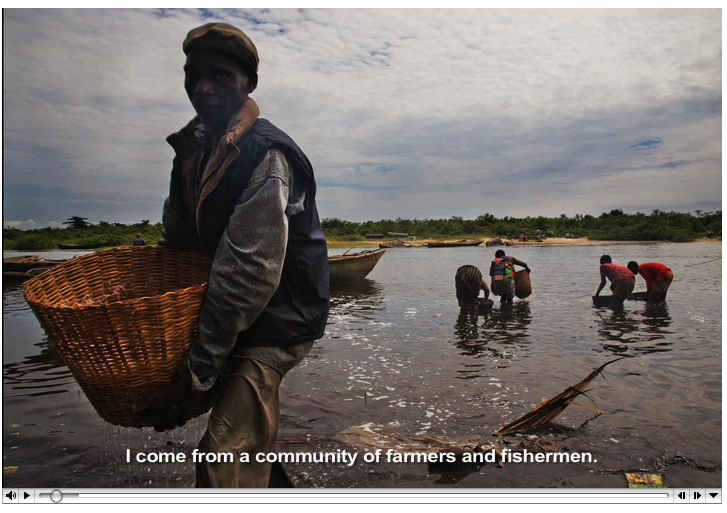Parched in India
Written by Ciara LeemingA photographer whose work I’ve come to admire greatly is Sanjit Das. He and I briefly worked together on a job for the NGO Action Aid in Delhi last summer, and since then I’ve been watching his output with interest – and not a little envy. He is a serious talent.
Anyway, the other day I spotted Sanjit’s images of the devastation being wreaked by drought in the Indian state of Uttar Pradesh, on the Wall Street Journal website. For me these images say almost everything – they are so vivid that reading the story adds very little to my experience. To have that effect on someone with a writing background is no mean feat.
I can’t help thinking though that they could be even more powerful if I could hear the voices of these poor farmers and villagers. Sure I wouldn’t understand any of it without subtitles or voice-overs – my Hindi is limited – but I suspect I’d hear and feel the desperation in their tone. And hearing their voices, the musicality of their language, would bring an even fuller human dimension to their portrayal and further help me empathise with their plight.
This gets me to thinking how working in other countries, with different languages, could cause real challenges for small-scale multimedia outlets and wannabe producers like myself. So far when I’ve worked abroad I’ve been doing so simply with photography and the written word. For a cash-strapped one-man-band like me, these media work fine….NGO staff or fixers translate as we go along and we dutifully take notes, or record conversations to go back to later.
For me, gathering broadcast quality audio may be more problematic. Time is often short in these situations and translations can’t always be fully relied on. And I wouldn’t want someone talking over my audio as I collected it anyway, because to borrow a phrase from Benjamin, I’d rather let it breathe.
At this point, a shortage of both time and financial resources come into play. With few outlets paying good rates for multimedia, how does a little producer factor in the cost and added time needed for someone fluent in the local language to properly translate? Any ideas would be welcome.
Once you’ve got that side sorted, it’s over to the production itself. There are different ways to overcome a language barrier within the piece. A popular choice at the moment appears to be the voice-over – either using the photographer’s words or someone else’s – but I’ll be honest and say this isn’t something that I’m generally a fan of. I mean, why bother getting someone’s voice and then talking all over them?
So for me, that would leave subtitles, which can be made to work really well. In fact these can make sense even when a subject is speaking English, in some cases. Ed Kashi’s Curse of the Black Gold piece – which Benjamin highlighted a few posts ago – is a great example of this.
If you haven’t already watched the full web movie, then you really should. It’s educational in all senses – both as a fab piece of multimedia, as a strong visual photographic project and most importantly because it’s a really important issue-based piece of journalism.


